Search Images
Browse Content (p. 1534)
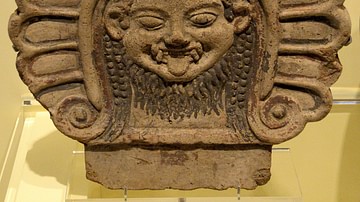
Image
Roof Ornament with Medusa's Head
Medusa was a Gorgon from greek mythology. She had the face of a hideous human female with living venomous snakes in place of hair. A glance from Medusa turned onlookers to stone. Perseus decapitated her without looking at her; he used the...

Image
Oinochoe, Ajax & Achilles
The Oinochoe (or oenochoe) is one of the key forms of painted terracotta Greek pottery; it is a form of wine jug. The painted scene shows the goddess Athena alerting the heroes Ajax and Achilles, who are absorbed in a board game at the start...
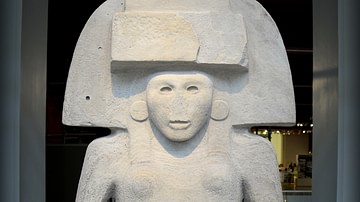
Image
Huastecs' Mother Goddess from Mexico
This limestone statue was made by Huastec people. Those were Mayan Indians who lived in ancient Mexico. After their conquest by Aztecs about 1450 CE, the Huastec mother goddess merged to some degree with Tiazolteoti (an Aztec goddess). From...
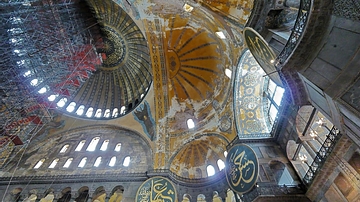
Image
Hagia Sophia Ceiling
The interior nave of Hagia Sophia, Istanbul, first constructed 532-37 CE.
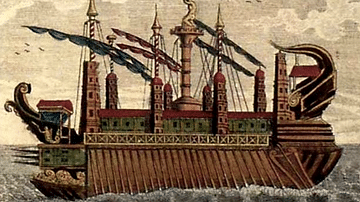
Image
Syracusia
An artist's rendition of how the ancient Greek transport ship the Syracusia may have looked. It is reported to have been one of the largest ships built in antiquity.

Image
Paleolithic Cave Painting in Altamira Cave
Upper Paleolithic art in Altamira Cave, in Santillana del Mar (Cantabria region), Spain. The paintings in the cave date from the Middle Magdalenian to the Gravettian period.
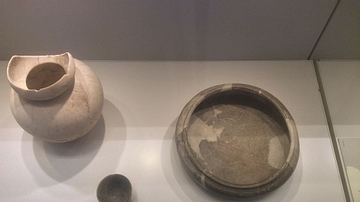
Image
Stone Vessels from Tel Kabri
Some of the stone vessels found at Tel Kabri in 1956. These vessels are from the Wadi Rabah material culture which inhabited Tel Kabri and the surrounding area from 4500–3500 BCE. These objects are now on display in the Israel Museum.
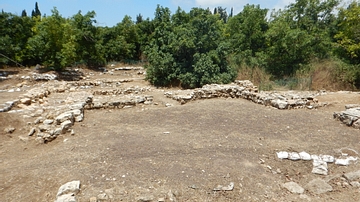
Image
Ceremonial Hall 611, Tel Kabri
The ceremonial hall at Tel Kabri as it appeared in 2015 CE. The hall was constructed c. 1720 BCE as part of the second phase of Tel Kabri's Middle Bronze Age Canaanite palace. It is believed to have served as the focal point of the palace...
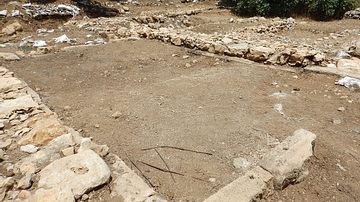
Image
Tel Kabri Orthostat Building
The "Orthostat Building" in Tel Kabri's Area D-West originally discovered in 2011. The Orthostat Building is believed to have been constructed as part of the Middle Bronze Age Canaanite palace at Tel Kabri between 1600 and 1550 BCE during...

Image
Aqueduct of Jezzar Pasha
A portion of an Ottoman-Period Palestinian aqueduct constructed during the reign of Jezzar Pasha, Ottoman ruler of Acre (1775–1804 CE). The aqueduct runs from Tel Kabri to Acre in Northern Israel and functioned all the way up to 1948 CE...